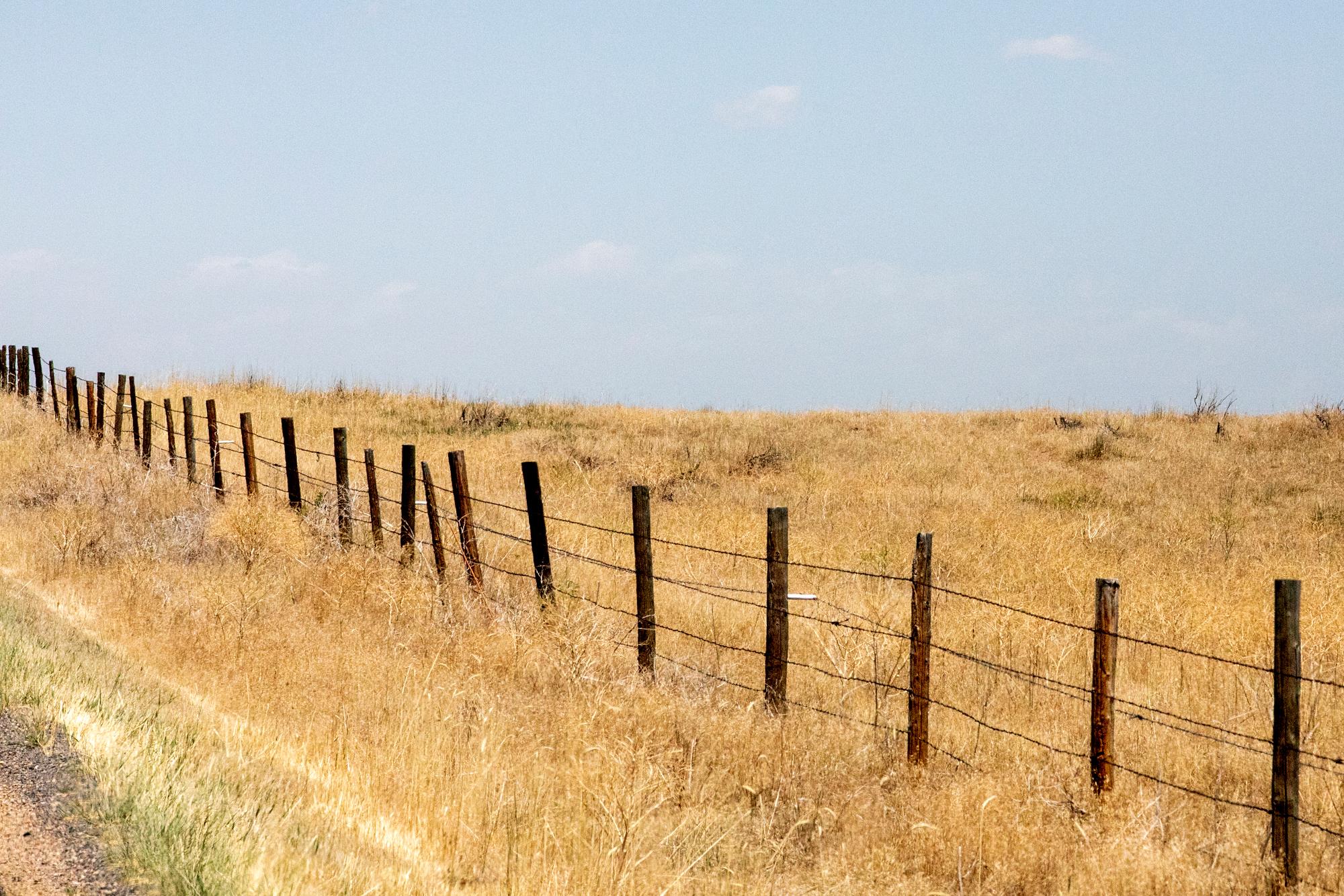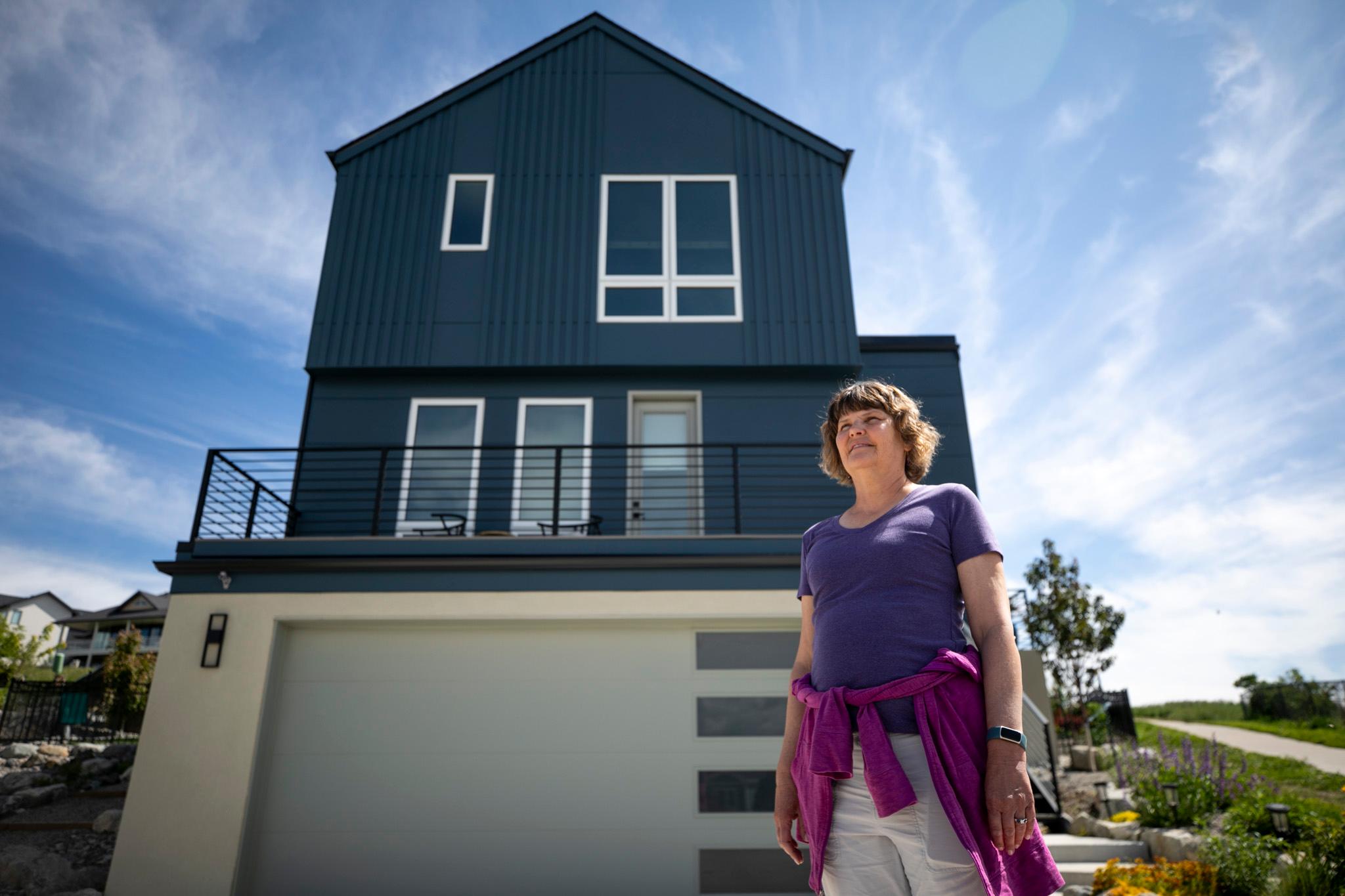
In the decades that Lisa Hughes and Ann Brennan have lived in Louisville, Colo., the idea of a wildfire reaching their homes seemed far-fetched.
“ I knew about wildfires, I knew they happened in Colorado, but I didn't really have any concept that it would happen in a suburban neighborhood,” Hughes said.
That was until December 2021, when the Marshall Fire ripped through Louisville and Boulder County, driven by winds up to 100 mph. The fire destroyed over 1,000 homes — including the homes Hughes and Brennan had raised their kids in. It caused billions in damages and remains the state’s costliest wildfire.
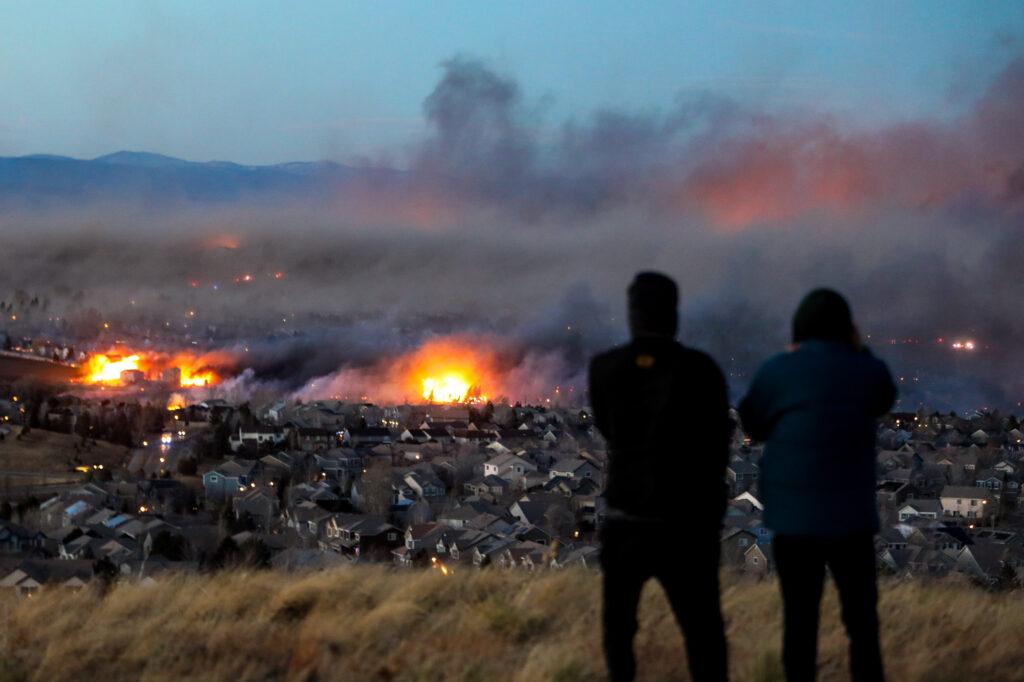
Climate change means more places are at risk of wildfires — including towns like Louisville, where wildfires were rare. Fast, hugely destructive fires like the Palisades and Eaton fires in Los Angeles earlier this year are also occurring more frequently in the West, according to research by Jennifer Balch, a University of Colorado Boulder professor and fire expert.
“There’s no future I see that doesn’t have fire in it,” Balch said. “ What we really need to be thinking about is how we build our homes and how we build our communities to make sure that they're resistant to fire.”
There are some basic steps you can take to reduce the risk of a fire destroying your home or neighborhood.
One key strategy is “home hardening,” or incorporating wildfire resistance into a home and its surroundings. Taken together, a few measures — even cheap DIY ones like clearing leaves — can improve the odds of a home surviving, research shows.
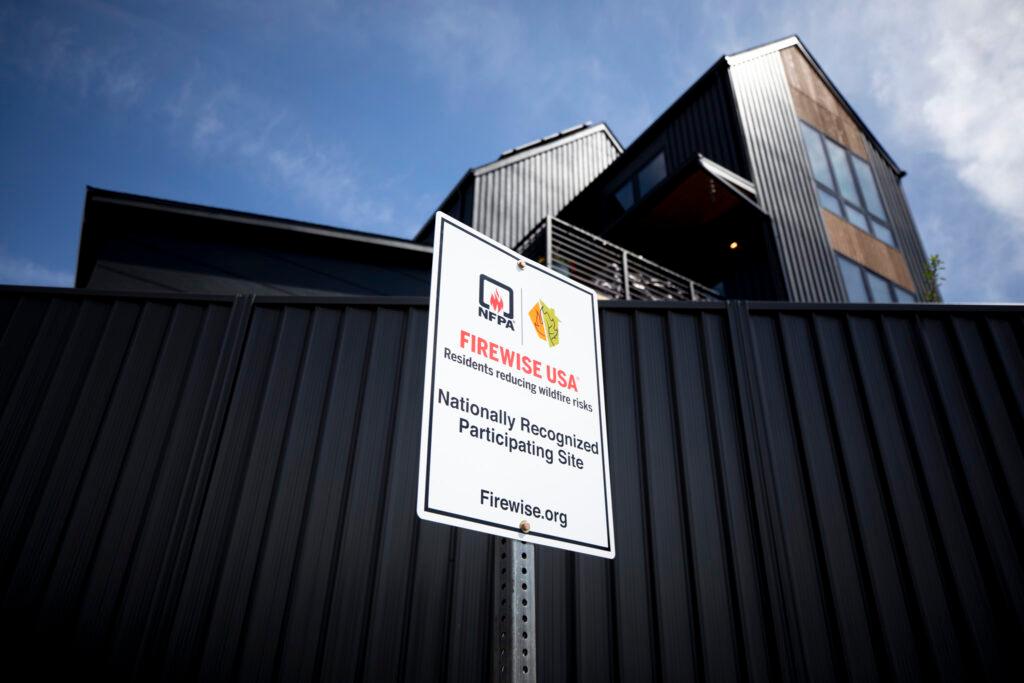
Not everyone in every place needs to harden their homes — an interactive Forest Service tool can help homeowners understand their community’s wildfire risk and the likelihood of a future blaze.
“We do know that many of the most effective home-hardening risk-reduction strategies are also the most affordable,” said Kimiko Barrett, a wildfire policy expert at Headwaters Economics, a nonprofit research organization that has studied hardening and helps maintain the Forest Service tool.
It’s a lesson Brennan and Hughes have taken to heart. They decided to rebuild on their charred lots, determined to prepare their neighborhood for a fire-filled future.
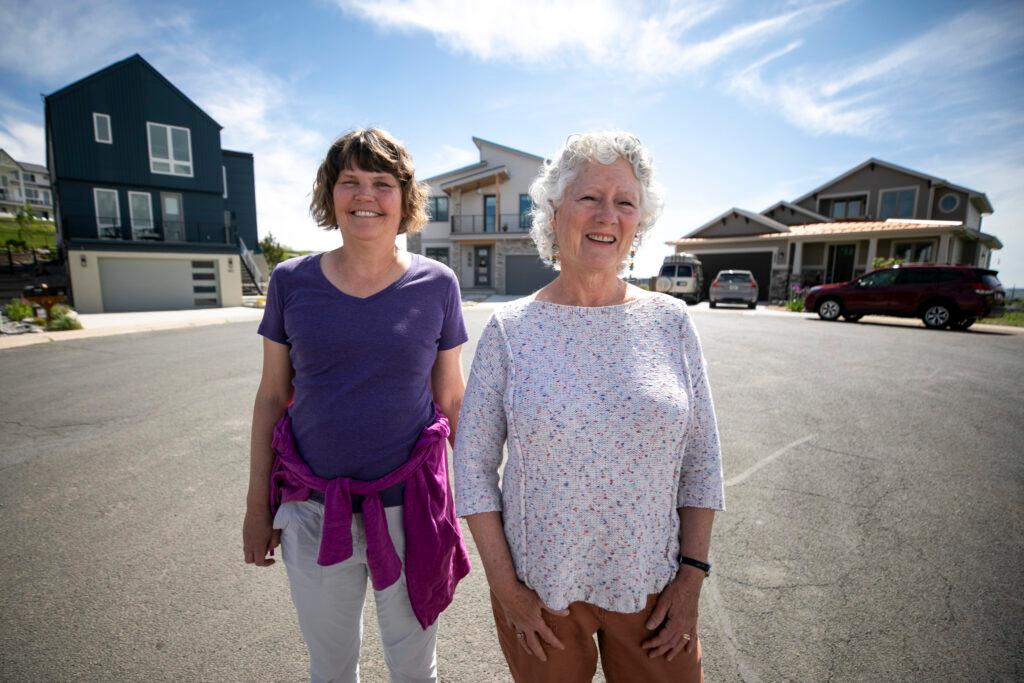
#1: Keep the Embers Out
Embers — which Barrett calls “tiny balls of flame” — are the foot soldiers of a wildfire. They can travel miles ahead of blazes and enter homes by sailing under decks or wafting through attic vents and cracks in your roofing.
Once one home ignites, it can radiate intense heat that sets other homes on fire. So a key goal of hardening is to keep embers from wafting inside in the first place.
One solution is cheap and simple: patches of fine metal mesh.

Adding small metal mesh under your deck and to vents on attics, roofs and basements can help keep embers out and cut your risk, according to the Insurance Institute for Business & Home Safety (IBHS), a nonprofit research group that researches hardening. Better yet, installing flame- and ember-resistant vents that include fine mesh are effective and affordable solutions.
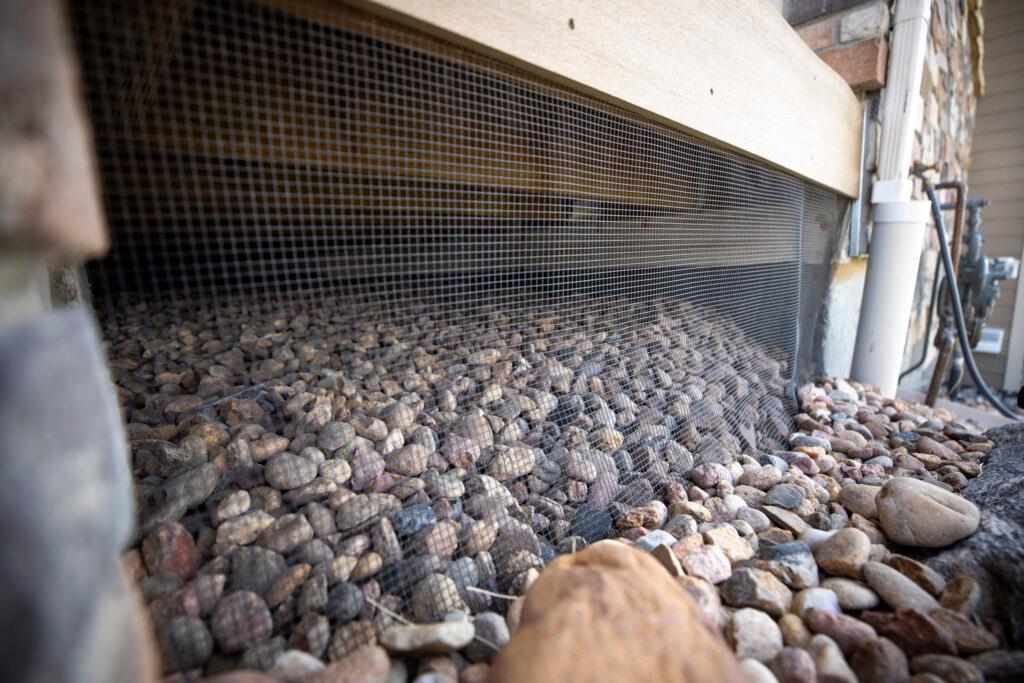
When she built her new home, Brennan eliminated attic vents and added fine mesh screening under her porch. The screen had an unexpected side benefit, she said:
“They work to keep bunnies out from under our deck as well.”

#2: Clear the 5 feet around your home
The area within 5 feet of your home is particularly important: if embers land there, anything that ignites could spread a fire to your home. That “ignition zone” should be free of anything flammable. That includes landscaping like wood mulch, deck furniture, a wooden fence attached to your home and even vehicles.
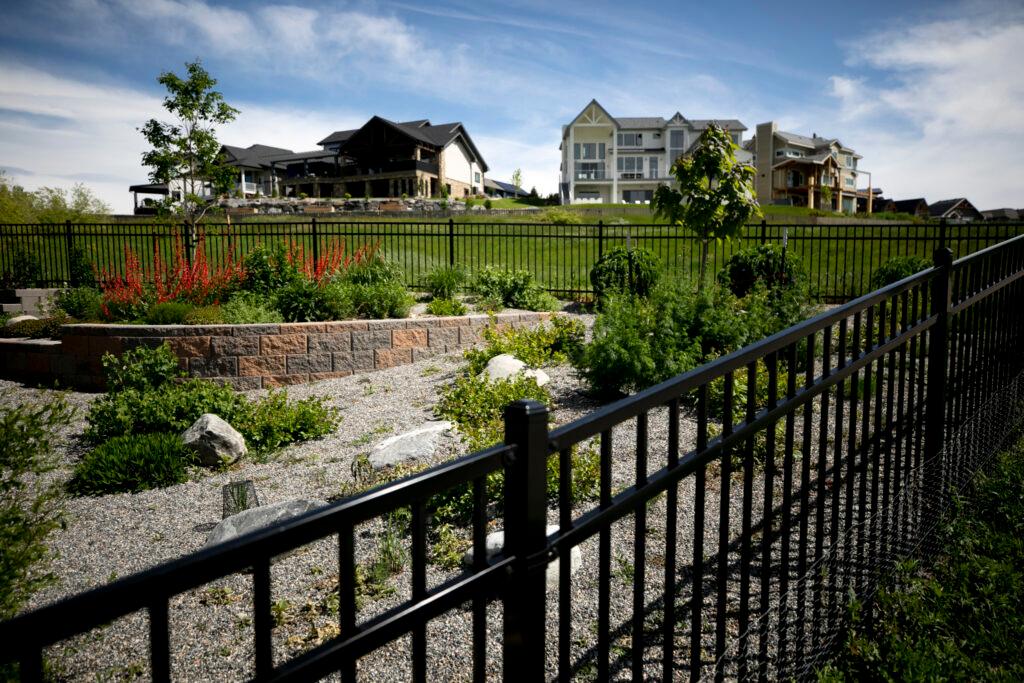

“All the vegetation around those homes, the RVs, the campers, the vehicles, the trees, the barns, the sheds — all of these are fuel,” Barrett said.
Clearing dry leaves and debris from your gutter and deck is also simple to do and effective at cutting wildfire risk, research shows.
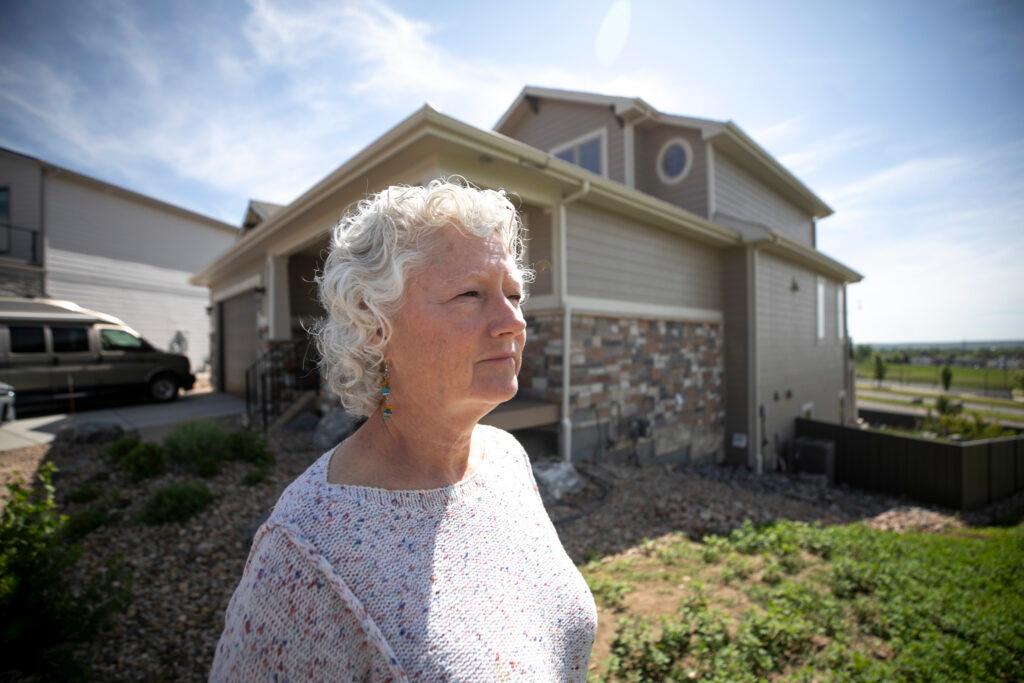
The fire transformed a large locust tree in Brennan’s front yard to “standing charcoal,” she said. Now, she has a rock garden with a few small plants out front, while some neighbors have small saplings away from their homes – the fire incinerated tall, mature trees from the whole neighborhood.
It's much barer than before. But, Brennan said, "we saw the risk of the alternative."
#3 Choose less flammable materials
Building homes with fire-resistant materials can also disrupt a fire’s spread through a community. Both Brennan and Hughes opted for fiber cement siding and a fire-resistant roof. These can be among the most expensive hardening steps — costing thousands of dollars, depending on the size of the home.
Brennan installed metal gutters and a fire-resistant deck. But she rebuilt a wooden pergola, a tribute to her old home.
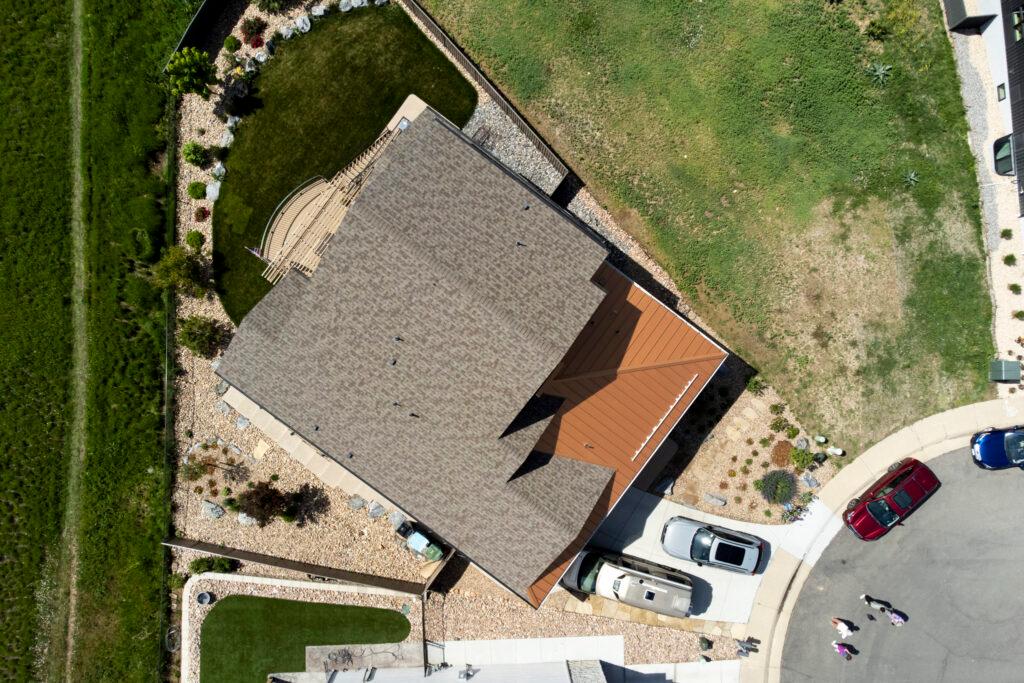
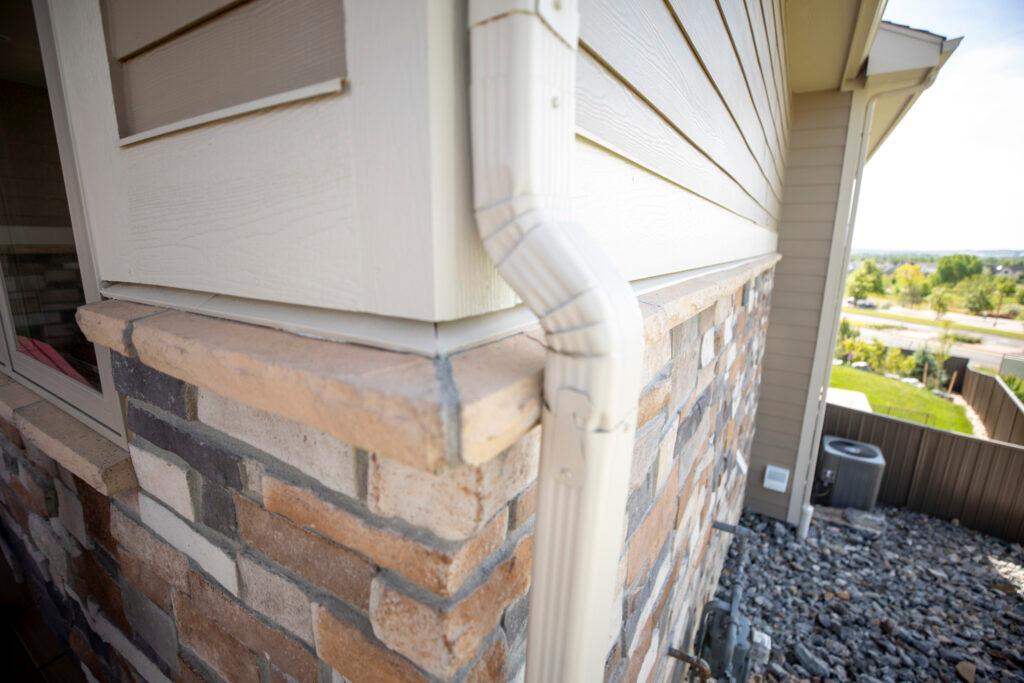
“It’s almost impossible to be perfect,” Brennan said. “We all still have some sort of point of vulnerability. It’s just a bunch of trade-offs.”
That’s a key point, said Barrett of Headwaters. Perfect isn’t the goal. Hardening is about reducing risk – not eliminating it.
Several hardening steps taken together will lower the odds of a home igniting, but will not guarantee it survives an extreme event like the Marshall Fire, Barrett said. Instead, hardening buys valuable time for you to escape or for firefighters to try to save your neighborhood.
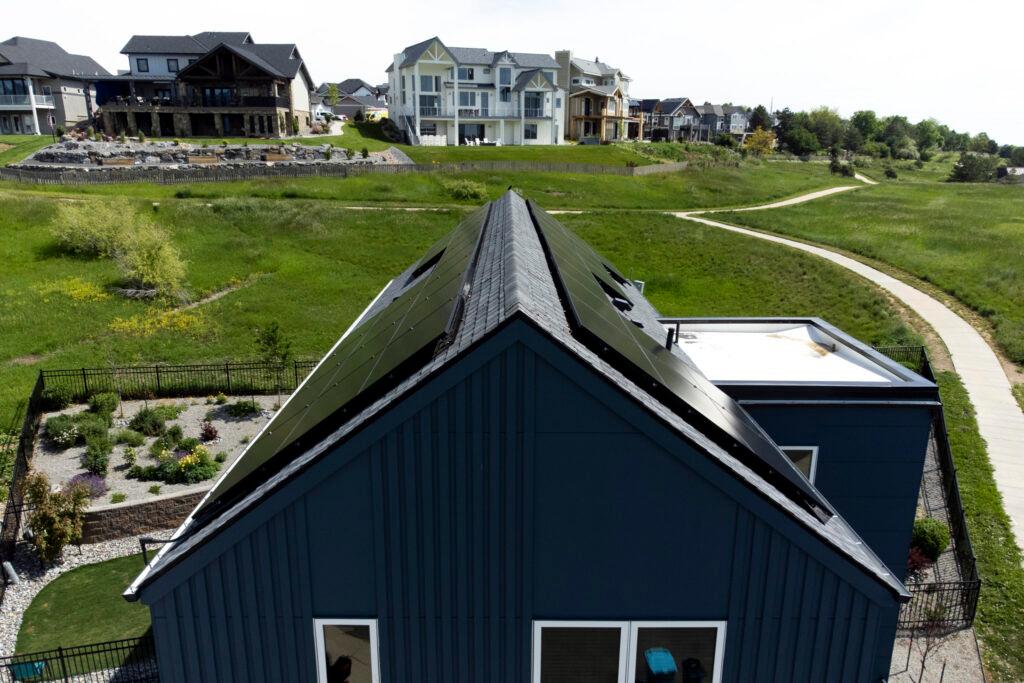

#4 Work with Your Neighbors
In a densely packed suburb, your neighbor’s home may be just feet away. A vulnerability in one house can allow a wildfire to ignite several.
“One home who doesn’t meet mitigation measures is a weak link in the chain,” Barrett said.
Their local sense of community was key to rebuilding differently, Hughes and Brennan said. At the time, the neighbors found few resources for how to harden suburban homes and their local building codes did not require hardening. (Last December, their town changed its codes to require fire-hardening for new construction and certain renovations.)
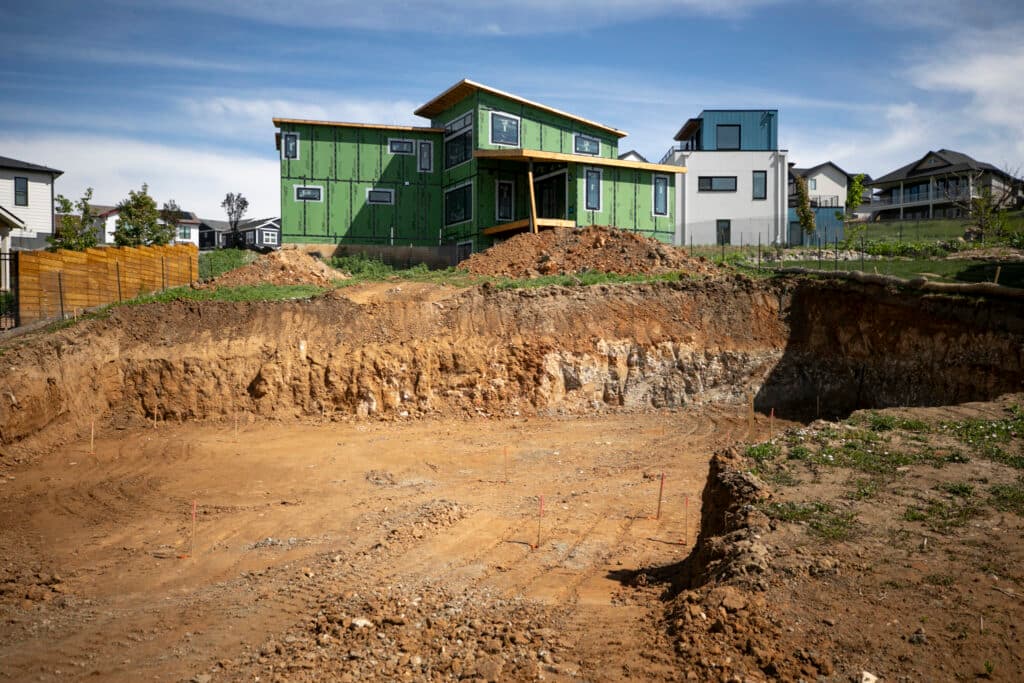
After the fire, their neighborhood, known as Cornerstone, started swapping tips over Slack. Homeowners rebuilt as best as they could with varying levels of insurance.
“Virtually all the houses you’ve seen here, if there’s hardening, it’s because the owners chose to do it, or the builders chose to offer it,” Brennan said.
After they rebuilt, Brennan and Hughes volunteered their neighborhood for a risk audit with Wildfire Partners, a Boulder County program that has helped harden homes in the mountains for over a decade, but only recently expanded to the suburbs.
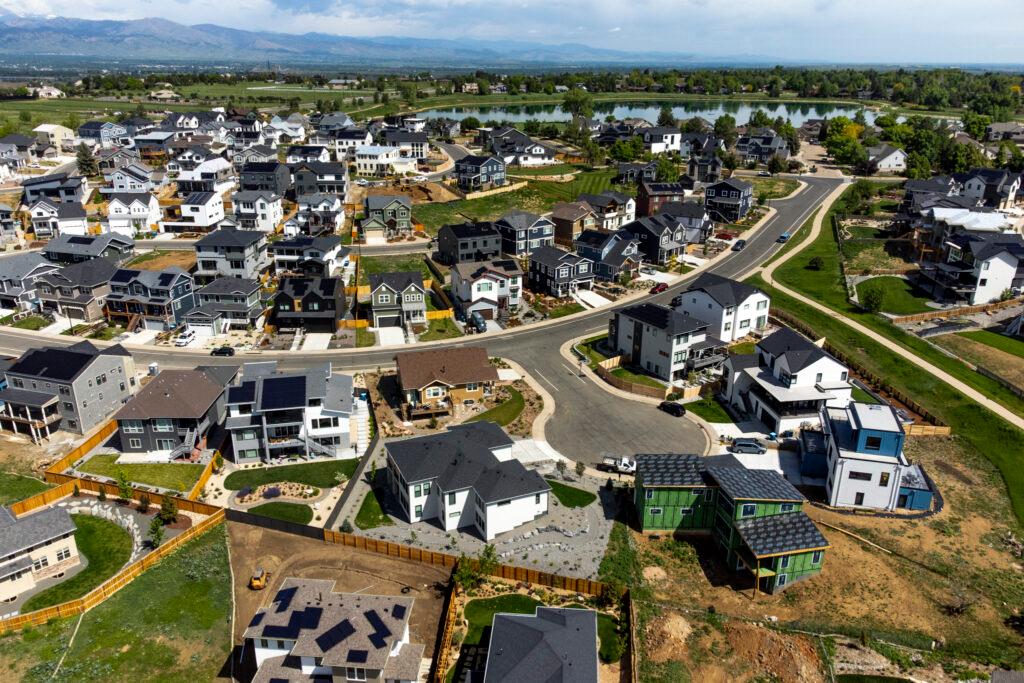
Eventually, Brennan and Hughes spearheaded an effort to certify their community with a “Firewise USA” designation. The program, run by the National Fire Protection Association, commits them to a three-year plan to educate residents, clear up vegetation and do other collective or individual actions.
The effort has left them feeling safer — and they hope that one day the designation can offer them discounts on home insurance, or help them keep their policies altogether. In Colorado, insurers are ratcheting up home premiums and dropping coverage from high-risk areas.
“ It was not just safety. It’s very pragmatic,” Brennan said. “It's about trying to preserve the affordability of living here and keep our insurance.”
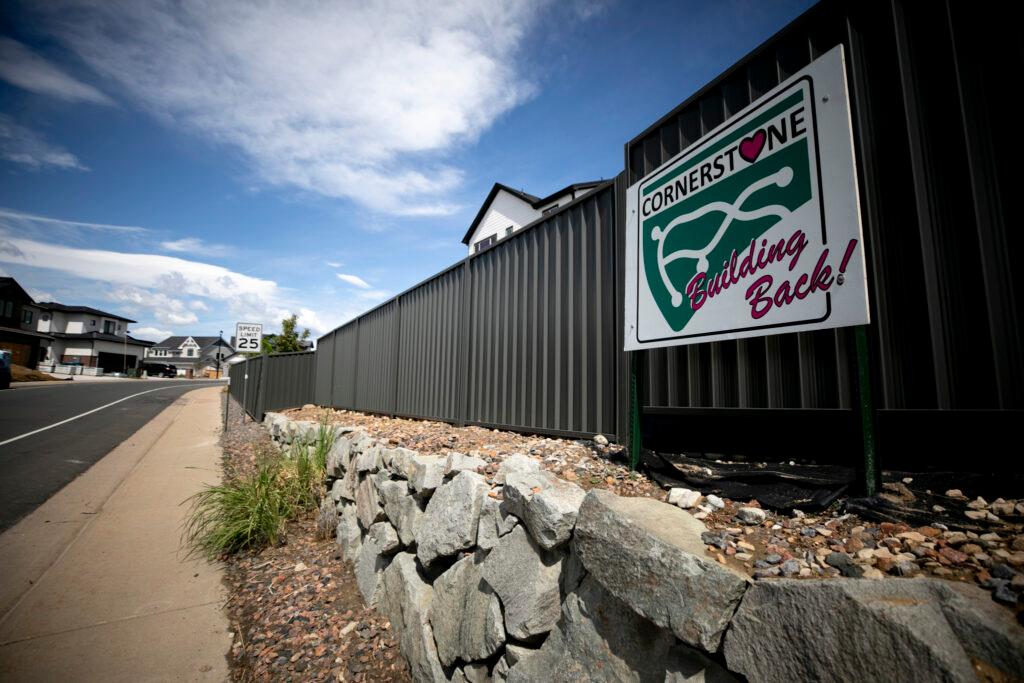
In May, Cornerstone organized a clean-up of flammable vegetation and other debris. Louisville still has a high fire risk. But Brennan said the entire neighborhood, even after losing everything, is now closer and more resilient.
“This situation has thrown us together, she said.”
This story was edited by NPR climate editor Rachel Waldholz as part of NPR's Climate Solutions Week

